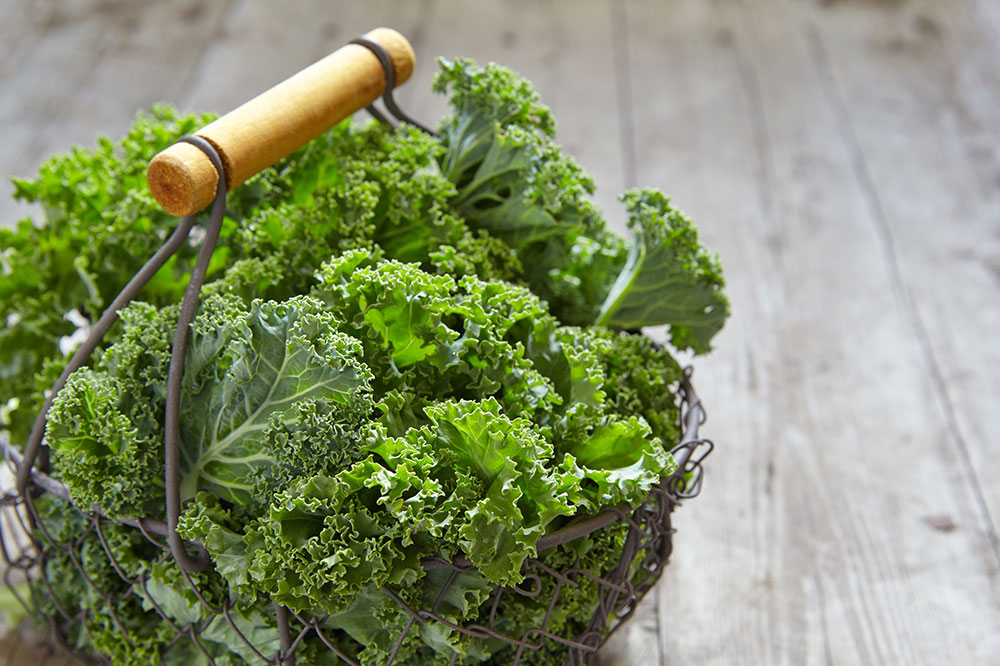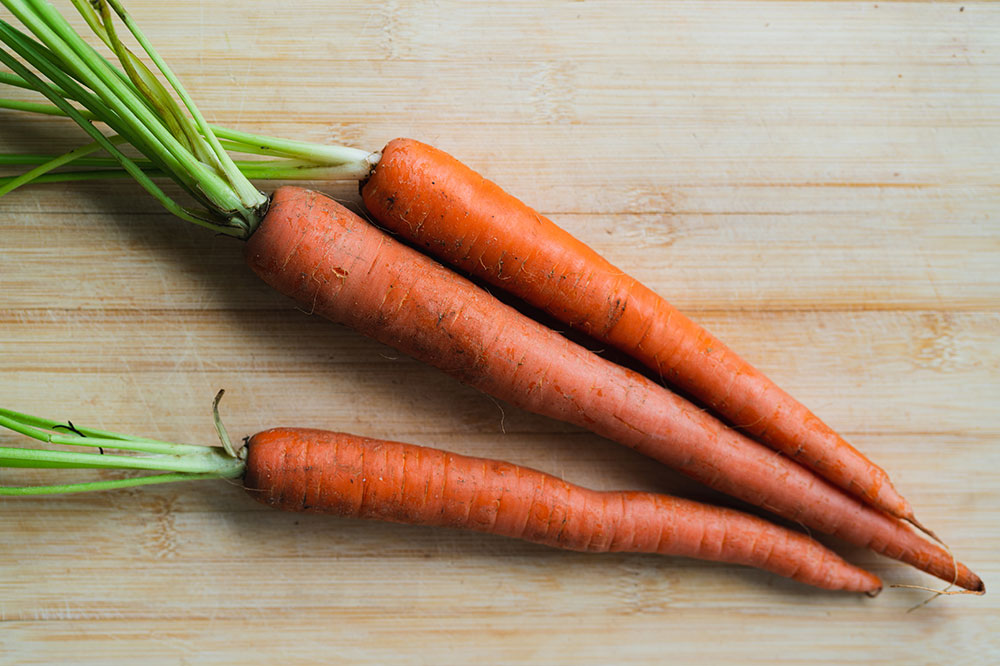Comprehensive Guide to Nutritional Strategies for Relieving Dry Eye Symptoms
Discover comprehensive nutritional strategies to effectively alleviate dry eye discomfort. This detailed guide explores six key food groups—including omega-3 rich fish, leafy greens, legumes, potassium-rich foods, antioxidants, and hydration tips—that support tear production, reduce inflammation, and promote healthy eyes. Incorporating these dietary choices into your daily routine can improve eye comfort, protect against age-related damage, and enhance overall eye health. A balanced diet, combined with proper eye care, offers a holistic approach to managing dry eye symptoms and maintaining optimal vision.

Comprehensive Guide to Nutritional Strategies for Relieving Dry Eye Symptoms
Dry eye syndrome, clinically known as keratoconjunctivitis sicca, is a prevalent condition characterized by insufficient lubrication of the eyes, which results in discomfort and various visual disturbances. This condition can significantly diminish quality of life, affecting daily activities such as reading, screen time, and driving. While traditional treatments like artificial tears and medicated drops offer relief, recent research highlights the critical role of nutrition in managing dry eye symptoms effectively. Incorporating specific foods into your diet can enhance tear production, reduce inflammation, and promote healthier eye function.
In this comprehensive guide, we will explore essential dietary choices proven to alleviate dry eye discomfort. By understanding the importance of balanced nutrients and strategic food selections, individuals suffering from dry eyes can adopt a proactive approach to eye health, potentially reducing dependency on medicated remedies over time.
Let's delve into the top six nutritional strategies for supporting eye health and alleviating dryness, ensuring you maintain optimal vision and comfort in daily life.
Omega-3 Fatty Acids: The Powerhouse for Tear Quality and Inflammation Prevention Foods rich in omega-3 fatty acids are foundational in managing dry eye syndrome. These healthy fats are vital for maintaining the integrity of meibomian glands—the oil-producing glands located along the eyelids—which play a critical role in preventing tear evaporation. Adequate omega-3 intake can decrease inflammation in the eyes, improve tear film stability, and alleviate symptoms such as burning, redness, and grittiness.
Incorporate fatty fish like salmon, mackerel, sardines, and herring into your diet at least twice a week. If you prefer plant-based options, walnuts, chia seeds, flaxseeds, and hemp seeds are excellent sources of omega-3s. Additionally, omega-3 enriched eggs and dairy products, or cooking with oils like soybean, canola, or walnuts oil can further boost your intake. Regular consumption of these foods can significantly improve eye lubrication and reduce discomfort associated with dry eyes.
Green Leafy Vegetables: Rich in Vitamins for Eye Regeneration and Protection Kale, spinach, collard greens, and lettuce are packed with vitamins C, E, and folate, which have antioxidative properties beneficial for eye tissue resilience. These nutrients help combat oxidative stress—a major factor in age-related retinal degeneration and dry eye deterioration.
Consuming green leafy vegetables daily can slow down the progression of age-related eye damage and support overall ocular health. Their high vitamin content promotes collagen synthesis and neural tissue repair, which are essential for maintaining healthy tear production and protecting eyes from environmental insults such as UV radiation and pollution.
Legumes: Rich Sources of Zinc and Essential Nutrients Beans, including chickpeas, lentils, kidney beans, and black beans, are vital plant-based proteins loaded with fiber, zinc, and folate. Zinc plays an integral role in the functioning of the retinas, supporting the integrity of the tear film and defending the eyes against oxidative damage caused by UV light and pollution.
Regular intake of legumes can help maintain zinc levels crucial for tear production and ocular tissue repair. Moreover, fiber-rich diets improve overall eye health by reducing systemic inflammation. Incorporate legumes into salads, stews, or as side dishes to enjoy their protective benefits for your eyes.
Potassium-Rich Foods: Maintaining Tear Film Stability Potassium is essential for cell function and fluid balance within the tear film covering the eyes. Foods such as bananas, sweet potatoes, regular potatoes, and soybeans provide the necessary potassium to keep the tear layer thick and functional.
Adequate potassium intake ensures that the tear film remains stable, reducing the risk of evaporation and dryness. Maintaining proper hydration and electrolyte balance is especially crucial in hot or dry environments where moisture loss is higher. Incorporate these potassium-rich foods into your daily diet to support lasting eye comfort.
Antioxidant-Rich Foods: Combatting Oxidative Damage Dark-colored berries like blueberries, goji berries, acai, and fruits rich in anthocyanins are potent antioxidants that protect ocular tissues from oxidative stress caused by environmental toxins and aging. Regular consumption of these foods can improve overall eye health and prevent dryness caused by cellular damage.
Green vegetables such as kale and spinach, along with supplementing with green tea—rich in catechins—can offer anti-inflammatory and antioxidative benefits. These nutrients reinforce the body's natural defenses, preserving the health of the tear-producing glands and ocular surface tissues.
Proper Hydration: The Foundation of Healthy Eyes Drinking sufficient water is fundamental in maintaining optimal tear production. Hydration ensures that tears are sufficiently replenished, preventing dryness and irritation.
Especially in hot, dry, or air-conditioned environments, adequate fluid intake is essential for sustaining tear film stability. Aim to drink at least 8 glasses of water daily, adjusting for activity level and climate, to support both eye and overall health.
Incorporating these nutritional strategies into your daily routine offers a holistic approach to managing dry eye symptoms. While diet alone may not completely eliminate dryness, combining these foods with proper eye care, lifestyle adjustments, and medical advice can significantly improve quality of life and eye comfort. Remember, consulting an eye specialist for persistent or severe symptoms is essential to determine the most effective treatment plan tailored to your specific needs.





